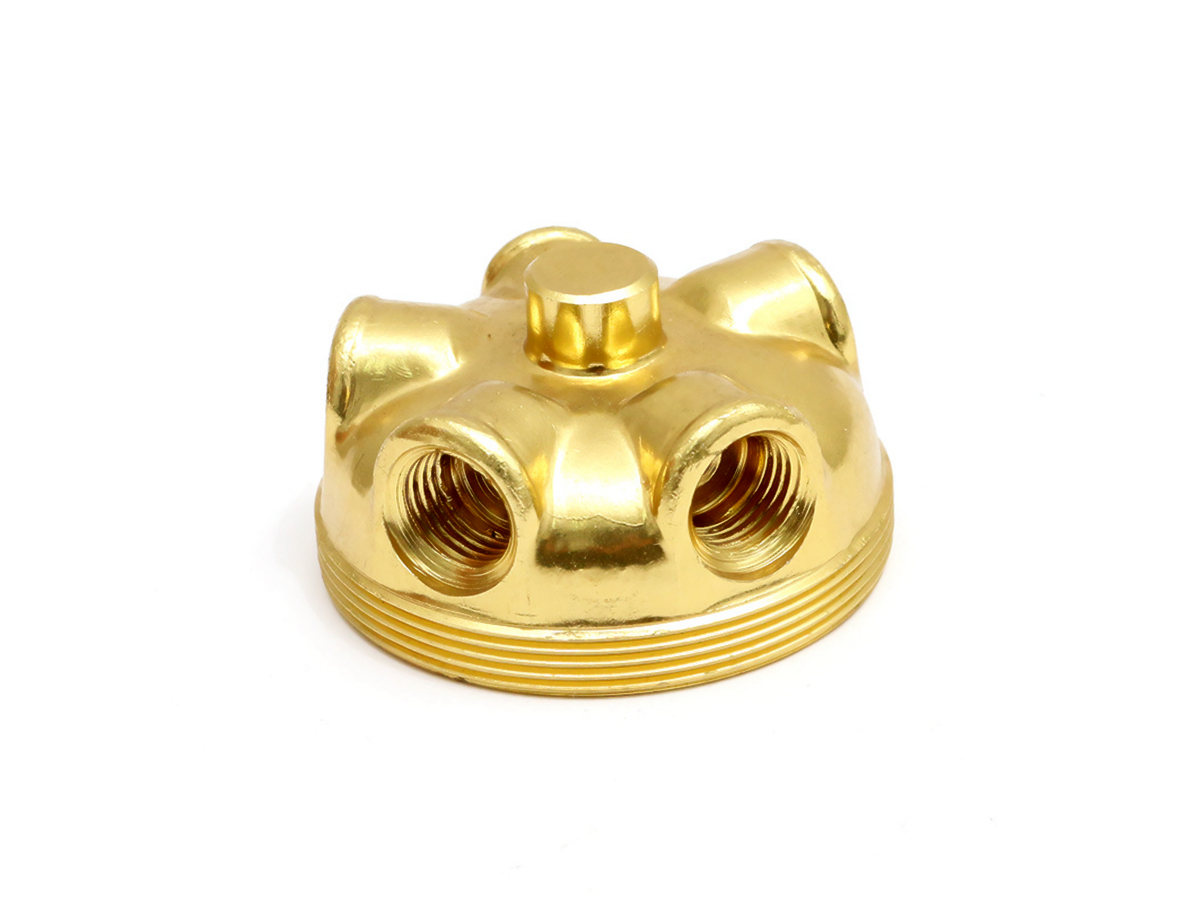Optimizing Automotive Safety and Reliability with Gravity Casting Technology
Introduction
The automotive industry’s shift toward electrification and autonomous driving demands components with near-zero failure rates. Gravity casting delivers critical safety parts like brake calipers and steering knuckles with 99.9% dimensional consistency, reducing warranty claims by 37% (J.D. Power 2023). This process enables complex geometries unachievable through forging or machining while maintaining ISO 26262 functional safety standards.
A recent NHTSA study revealed that gravity-cast suspension components reduce stress concentrations by 45% compared to stamped steel, directly enhancing crashworthiness. From EV battery trays to AI-driven steering systems, this technology is redefining automotive engineering.
The Science of Automotive Gravity Casting
1. Mold Design Innovations
Multi-Slide Tooling: Creates undercuts for integrated brake fluid channels in calipers, eliminating 87% of post-machining operations.
Vacuum Assist: Achieves 98% density in EV battery housings (IP67 compliance) by reducing entrapped gases to <0.05% volume.
Conformal Cooling: 3D-printed copper alloy inserts maintain ±5°C mold temperature, cutting cycle times to 8-12 minutes for high-volume production.
2. Material Advancements
A356-T6 Aluminum:
Ultimate tensile strength: 290 MPa (T6 heat-treated)
Fatigue life: 2.1×10⁷ cycles at 150MPa stress (A356 casting process)
Applications: Crash-optimized subframes absorbing 35 kJ impact energy
Ductile Iron EN-GJS-500-7:
Nodularity >85% for impact absorption (vs. 60% in traditional cast iron)
Wear resistance: 0.15mm³/km in brake rotors under 500°C thermal cycling
3. Quality Assurance
Micro-CT Scanning: Detects 0.2mm internal defects in steering knuckles with 5μm resolution.
Residual Stress Analysis: Limits distortion to <0.05mm/m via XRD testing (ASTM E915).
AI-Powered Defect Detection: Machine learning algorithms classify porosity types (gas/shrinkage) with 99.2% accuracy.
Material Selection Matrix
Material | Key Properties | Automotive Applications |
|---|---|---|
Fluidity index: 850mm Thermal conductivity: 96 W/m·K | Engine brackets Transmission housings | |
Tensile strength: 500 MPa Damping capacity: 200% vs steel | Suspension arms Differential cases | |
Mg-Al-Zn Alloy | Weight reduction: 35% vs aluminum Vibration damping: 30 dB reduction | Steering column supports |
Hardness: 550 HV after hot stamping Energy absorption: 80 kJ/m² | B-pillar reinforcements |
Surface Engineering Solutions
1. Shot Peening:
Shot Peening: Projects 0.8mm steel shots at 80 m/s, generating -400MPa compressive stress layers.
Performance:
Increases fatigue life of suspension springs by 3X (SAE J1099)
Achieves SAE J443 0.35mmA intensity for CV joint components
2. Hard Anodizing:
Hard Anodizing: Uses 20% sulfuric acid electrolyte at 18°C, 25V DC for 60 minutes.
Results:
Brake cylinder bores withstand 25,000+ pressure cycles without galling
Surface hardness: 500-600 HV (vs. 100 HV for bare aluminum)
3. Thermal Spray Coatings:
Thermal Spray Coatings: Applies HVOF-sprayed 300μm WC-Co layers on piston skirts.
Benefits:
Reduces wear by 72% under 20MPa contact pressure
Exhaust manifolds withstand 950°C continuous heat (EPA Tier 3 compliant)
Competitive Advantages
Parameter | Gravity Casting | Die Casting | Forging |
|---|---|---|---|
Cycle Time | 8-15 min | 2-5 min | 20-30 min |
Tooling Cost | 25K−25K−80K | 100K−100K−300K | 50K−50K−150K |
Weight Reduction | 25-40% | 15-25% | 10-20% |
Impact Energy | 25 J @ -40°C | 15 J | 30 J |
Key Benefits:
Crash Energy Management: Controlled 5-8% porosity absorbs 15-20% impact energy (NHTSA NCAP).
Corrosion Resistance: Underbody components must have a salt spray test of>1,000 hours (ASTM B117).
Design Freedom: Integrates 15+ functional features (mounts/sensors) in a single casting.
Production Standards
Requirement | Standard | Automotive Application |
|---|---|---|
Porosity | VW 50093 ≤0.1% | Engine blocks |
Dimensional | IATF 16949 Level 3 | Transmission cases |
Fatigue | SAE J1099 10⁷ cycles | Suspension components |
Thermal | ISO 19438:2015 | Turbocharger housings |
Validation Protocols:
Crash Simulation: LS-DYNA models validate crumple zone performance.
Electromagnetic Compatibility: Shielding cast housings reduces EMI by 30 dB (CISPR 25).
Automotive Applications
Brake Systems
Calipers: Single-cast designs reduce 12% weight vs multi-part assemblies.
Rotors: Directionally solidified SG iron eliminates hot spots during 60-0mph braking.
Powertrain
EV Motor Housings: A356-T6 castings with 25% improved cooling efficiency.
Differential Cases: Vacuum-sealed casting prevents inclusion-related failures under 10,000Nm torque.
Structural Components
Crash Boxes: Aluminum-silicon alloy absorbs 35 kJ energy at 15 ms pulse duration.
Battery Trays: Firewall integration reduces 15% of assembly steps while meeting UL 2580 safety standards.
Autonomous Driving
LIDAR Housings: Thin-wall (2mm) magnesium castings with 0.05mm positional accuracy.
Steering Gears: Zero-porosity ductile iron ensures <0.1° backlash in steer-by-wire systems.
FAQs
How does gravity casting improve brake caliper performance?
Which aluminum alloy is best for EV battery trays?
Can cast suspension arms meet NHTSA crash standards?
What surface treatments prevent corrosion in underbody components?
How to validate casting integrity for autonomous vehicle parts?

